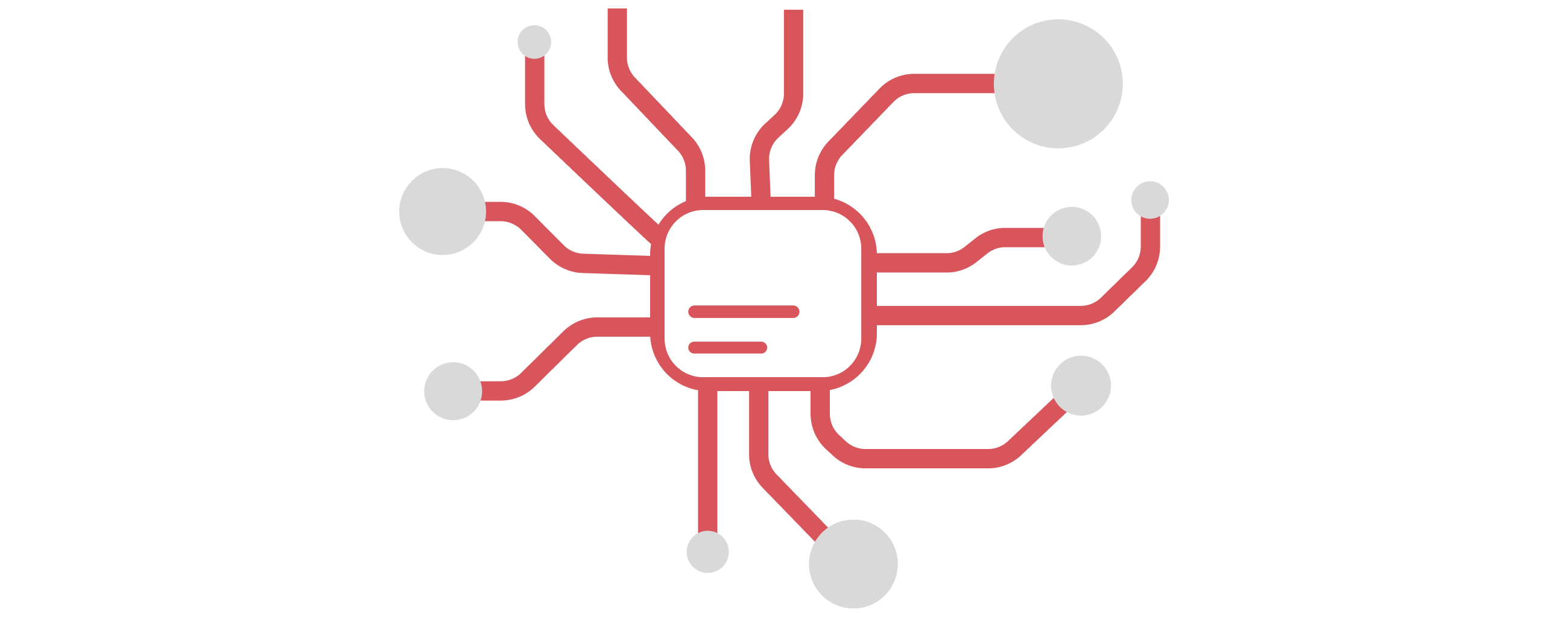The State of Business Automation in 2025: Trends, Insights, and Strategies for Success
In 2025, business automation has transcended buzzword status to become a cornerstone of operational efficiency and competitive advantage. At PivotPoint, we specialize in crafting custom web/mobile applications and custom software solutions that harness automation to streamline processes, boost productivity, and foster innovation. We've empowered businesses across industries to integrate automation seamlessly into their workflows.
Drawing from the latest industry data, we'll help you understand how to leverage these advancements for tangible ROI. Whether you're in manufacturing, healthcare, or finance, automation is reshaping how businesses operate.

1. AI and Machine Learning Lead the Charge
AI is at the forefront of business automation, enabling systems that not only automate tasks but also learn and adapt. Natural language processing (NLP), generative AI, and intelligent document processing (IDP) are dominating, allowing for smarter decision making and predictive analytics.
In 2025, AI is assisting humans (rather than replacing them), particularly in enterprise IT where it handles complex data analysis.
Strategy: Integrate AI into your custom software for tasks like customer service chatbots or supply chain forecasting. We typically start by auditing repetitive processes to identify AI opportunities, ensuring scalable solutions that evolve with your business.
2. Rise of Low/No-Code Platforms
Low-code and no-code tools (ESPECIALLY AI-powered tools like Loveable and Cursor) are exploding in popularity, empowering non-technical users to build and automate workflows without deep coding expertise ("vibe coding"). This trend is accelerating prototyping and reducing development time, making automation accessible to smaller teams and businesses.
Strategy: Adopt low-code platforms for quick MVP builds, then scale with custom integrations. Partner with agencies like PivotPoint to customize these tools to ensure enterprise-grade functionality.
The reality is that most developers see AI as a threat to their livelihood. At PivotPoint, we see it as a tool to make your business more efficient, quicker.
3. Hyperautomation: Orchestrating Multiple Technologies for End-to-End Efficiency
Hyperautomation seeks to automate entire business processes. It's a key trend in 2025, streamlining operations from data entry to compliance checks and minimizing manual intervention. This holistic approach is driving significant productivity gains in some sectors.
Strategy: Map out your end-to-end processes and contact a consultancy to implement hyperautomation in phases. Focus on integration with existing systems to avoid silos, and measure success through metrics like cost savings and error reduction.

4. Data-Driven Insights and Advanced Analytics
Perhaps the biggest benefit of the increasing advancements in AI. Smarter data handling through AI and automation tools is enabling real-time insights. Businesses are leveraging automation for anomaly detection, trend forecasting, and personalized strategies, with open-source platforms facilitating broader adoption.
Strategy: Embed analytics into your automated workflows. Use custom software to connect data sources, ensuring security and compliance, and train teams to interpret AI-generated insights for better decision-making.
Conclusion: Navigate Business Automation with Confidence in 2025
The state of business automation in 2025 is one of rapid evolution, driven by AI, accessibility, and integration. By embracing these trends, businesses can achieve unprecedented efficiency, cost reductions, and innovation to position themselves for sustained success.
At PivotPoint, our expert team is dedicated to building custom automation solutions that fit your unique needs. If you're ready to automate and elevate your operations, contact us today for a free consultation.
Contact us now, and let's transform your business toward a more automated future.
 Robert Connolly
Robert Connolly